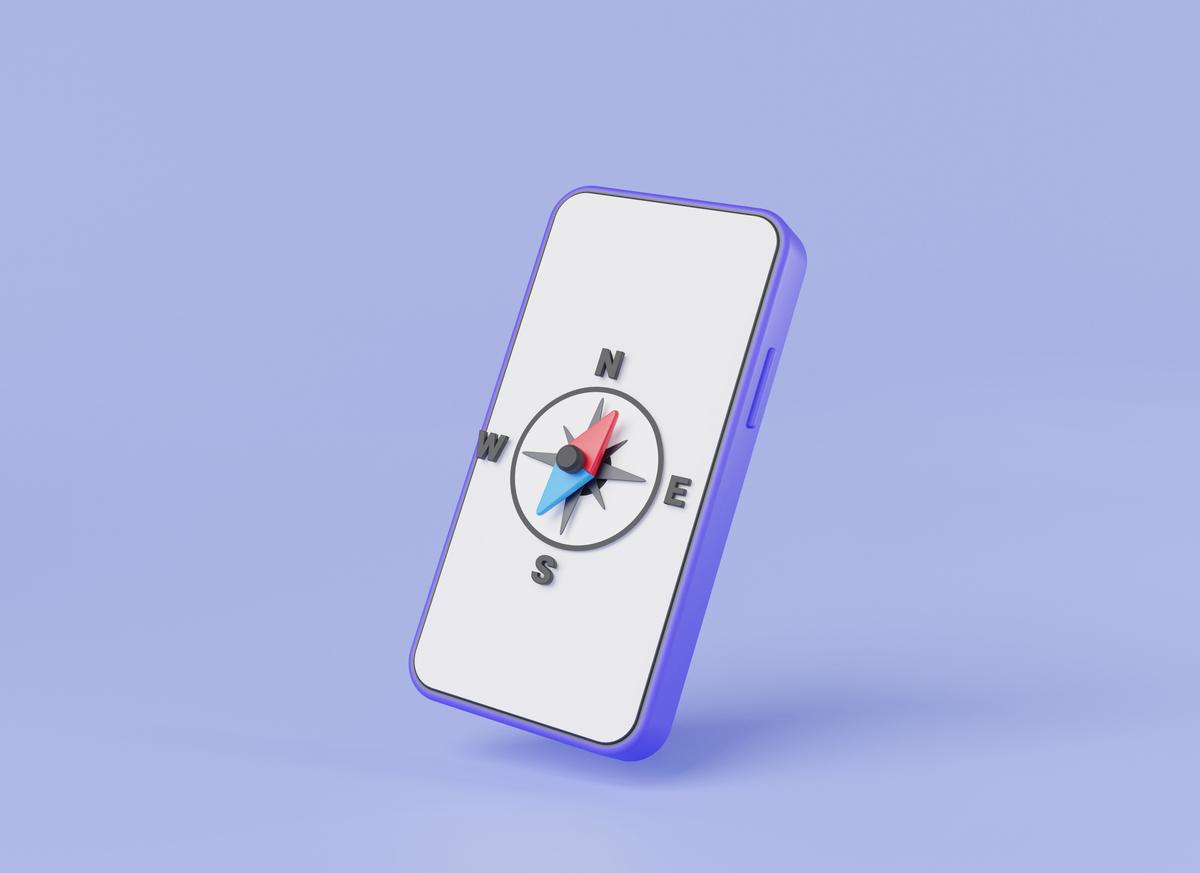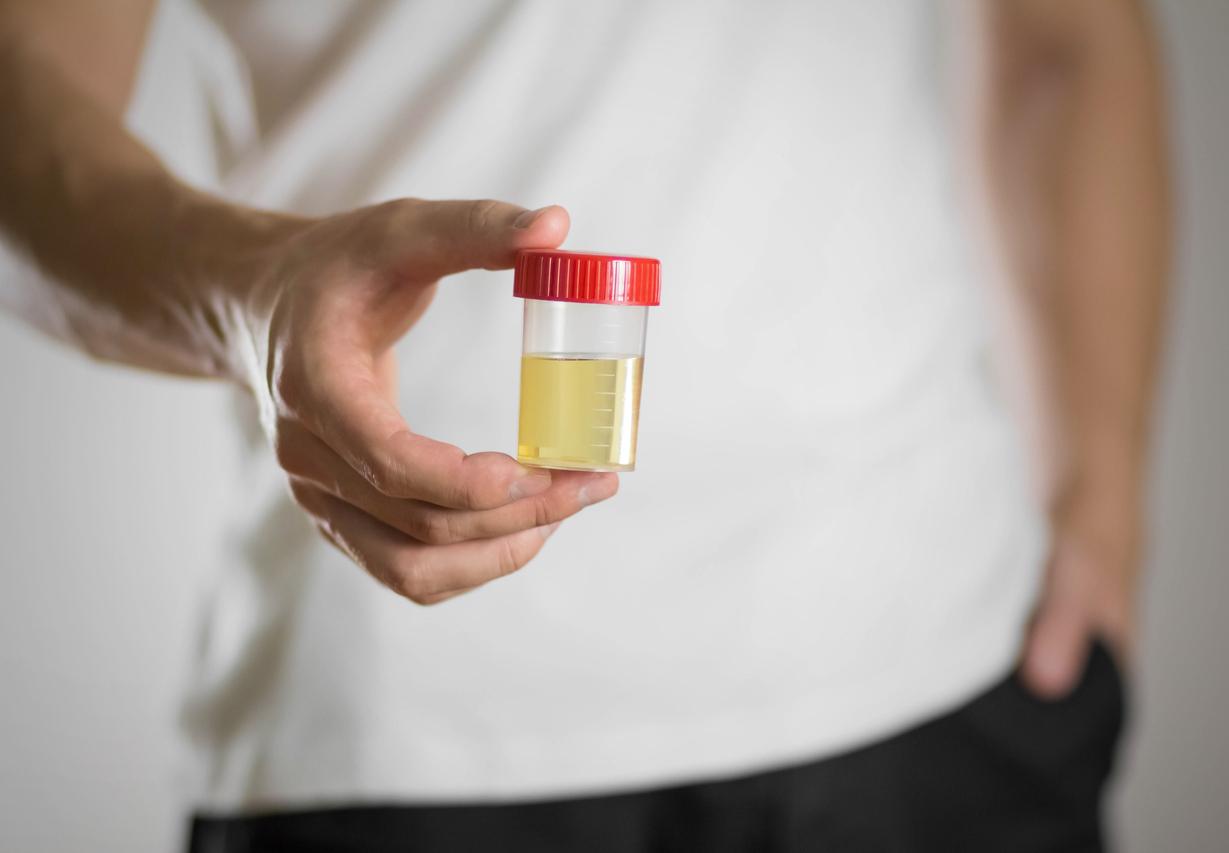Walter (52) trains with the 7 Minute Workout app. ‘I always have the gym with me now’


“I run and the 7 Minute Workout app is the perfect preparation for that. The app lets me do 13 exercises in 7 minutes, working all muscle groups that are important in running. Push-ups, planks, knee bends… In the beginning I found the exercises very spicy. For example, push-ups, one of the last exercises of the series, you are almost exhausted and your muscles are already hurting. But I’ve been doing the exercises for some time now and notice that it gets easier. But training daily – that is not sustainable, especially in the beginning you need time to recover.”
Some preparation is needed
“Although the app claims you can do the exercises anywhere, it does require some preparation. You have to put down a mat or change your clothes. I also think that the explanation of the exercises could be better. I only discovered after a while that there are videos. Only then did I realize that I had done some exercises wrong at first. But I’ll go through with it. I always have the gym with me now.”
Bruno Heemskerk (56): ‘The challenge app challenges me’

“The idea of a challenge for abdominal exercises really appealed to me. The app encourages me to push my limits. Normally I would stop doing those exercises sooner, but if the app requires me to do 50 repetitions, then I want to achieve that. Because When the app challenges me to keep going for longer, I reach the point where my muscles become sour, that I get tired. I normally never feel that when exercising.”
‘The app has become a buddy’
”In the beginning it was difficult for me to really do the exercises every day. At home I didn’t start so quickly. That worked out better when I started doing them in the gym, because I often train there anyway. I have now bought a mat and it works well at home. You do need such a mat. I have not had severe muscle pain afterwards. I do think the instructions could have been clearer. There is a description of the exercises, but no video. That took some figuring out. I’ll go through with it. The app has become a buddy, a digital buddy.”
Petra Bakker Schut (55): ‘Every step counts, even indoors’


The wristband with pedometer ensures that Petra walks extra.
“As soon as I get up in the morning, I put on my pedometer and every night I check how much I have walked. I aim for 10,000 steps a day. That is equivalent to walking 7 km and is the minimum you need to exercise to stay healthy. On the advice of the physiotherapist who treated me for a complicated ankle fracture, I had been trying to walk 10,000 steps every day for some time. Then a friend showed her pedometer. I immediately bought one. It’s a wristband that communicates with an app in my phone.”
‘I’m not much of a gym person’
“A pedometer like this is very stimulating. A real eye-opener is that every step counts, including indoors, from cooking to vacuuming. I now take the stairs more often, because that results in extra steps. You can also train with friends and encourage each other via the app. I have now lost three kilos. And I’m glad I don’t have to go to the gym because of all that walking, because I’m not much of a gym person.”
7 minute workout app: Walter Ritmeijer train with the 7 minute workout app


Walter Ritmeijer trains with the 7 Minutes Workout Sports scientists have discovered that an intensive training program of seven minutes a day, consisting of thirteen exercises, is extremely good for physical condition and strength. If you train daily with this program, you can prevent the loss of muscle mass with age. The program consists of exercises such as push-ups and wall sitting. Because the exercises are short, it is easy to sustain for most people. The exercises do not require any equipment and can be done at home. Inexperienced athletes are advised to practice the 7 Minute Workout first under the guidance of a personal trainer or physiotherapist.
Also do?
30 day challenge: Bruno Heemskerk does the 30 day challenge


The ’30-day challenges’ (or challenges) are intended to strengthen a certain muscle group. The app is your coach. There are 30-day challenges for, for example, abdominal exercises, push-ups and squats (squatting and getting back up). The programs build up the number of repetitions quickly. For example, you start with thirty push-ups and after a month that is a hundred times. You will also be offered variations on an exercise. Downside: the app does not take recovery time into account, while you need it for optimal muscle building. There is nothing wrong with taking a break for one or two days in between and not completing the challenge in 30 days, but in 60 or 90 days. Most exercises are recommended by physiotherapists for the elderly because they train muscles needed to get up after a fall; abs and upper arm muscles, for example.
Also do?
Pedometer: Petra Bakker Schut has the Fitbit Flex pedometer


Conditions such as diabetes, obesity and high blood pressure are rare in people who walk a lot, ie more than 10,000 steps a day, or 7 km. And those who already have these kinds of complaints but start walking a lot, will suffer less. If you lead a sedentary life, you often don’t get further than 2000 to 3000 steps a day. A pedometer is a device that registers every footstep on the basis of vibrations. Most smartphones already have such a device built in. You still need a pedometer app to see the results. Pedometers are also available in the form of a wristband or watch. Some pedometers work together with the smartphone or tablet.
Also do?





























